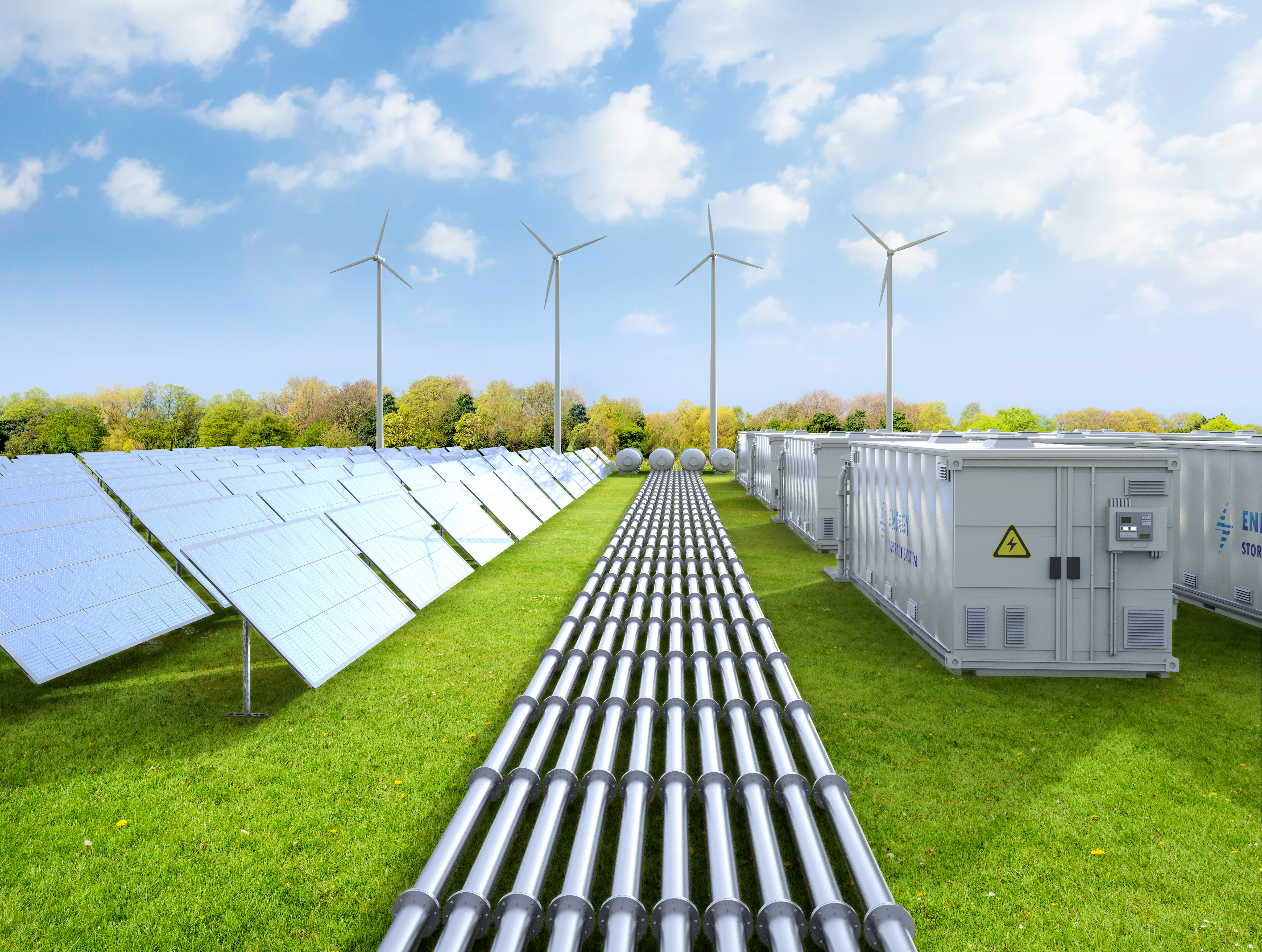Exclusive Articles
Why diffuse irradiance is key for bifacial PV systems
Published in: Solar, Think Tank, Exclusive Articles

As utility-scale PV plants face increasing pressure to maximize energy yield, minimize grid imbalance to avoid financial penalties and meet performance guarantees, the precision of irradiance measurements has become more critical than ever. The accrued wisdom of decades suggests that accurate irradiance measurement is not merely advantageous, it is essential. While parameters such as Global Horizontal Irradiance (GHI) and Plane-of-Array (POA) irradiance are often monitored, the less-explored variable of Diffuse Horizontal Irradiance (DHI) poses a critical oversight in PV performance metrics. For plant operators, EPCs and asset managers, relying on estimated DHI is no longer just a technical shortcut, it’s becoming a growing operational and financial liability.
Why DHI deserves attention
Unlike global irradiance, which includes both direct sunlight and scattered light, diffuse irradiance accounts only for the portion of sunlight that has been scattered by the atmosphere and reaches the surface indirectly. That distinction matters considerably, especially in real-world conditions where clouds, haze and atmospheric particles reshape the solar resource.
Today’s PV systems, particularly those with bifacial modules and single-axis tracking, rely heavily on diffuse sky radiation. Under high-latitude climates, winter conditions, or cloudy skies, diffuse irradiance can account for 60% to 90% of total irradiance, and can exceed 95% under fully overcast conditions.
To read the full content, please download the PDF below.










